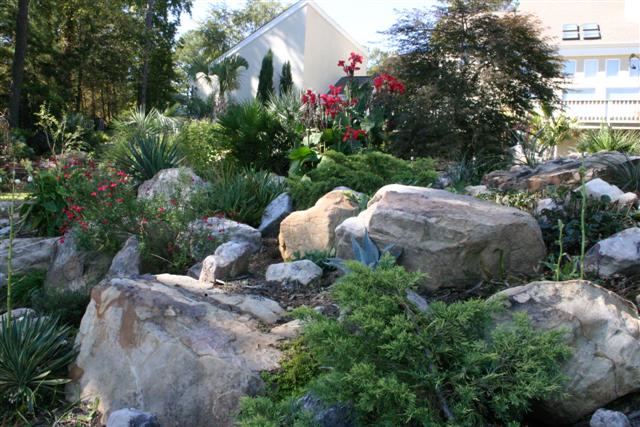
Check out our Services.
| Rock Gardens |

|
Need help? Check out our Services. |
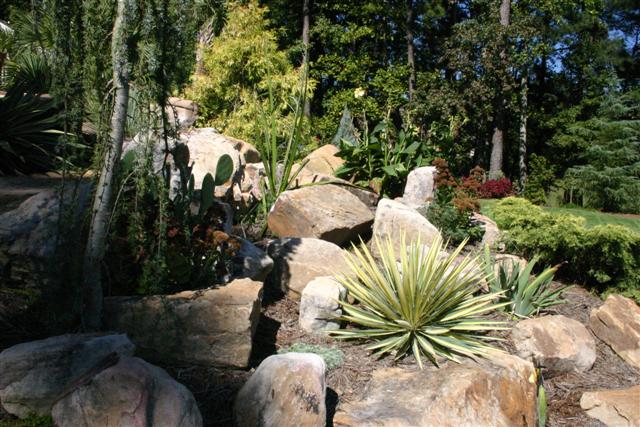 |
 |
| Succulents & Evergreens | Mixed Conifers |
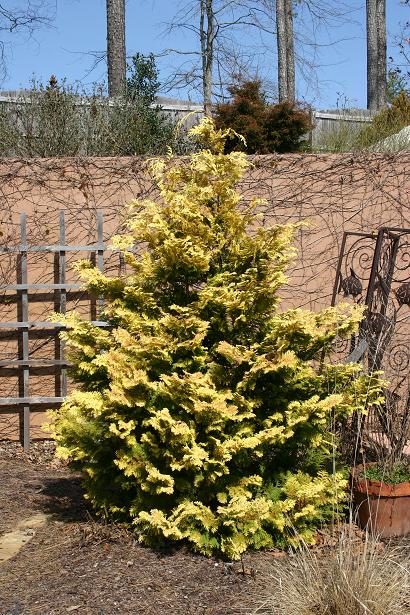 |
 |
| Chamaecyparis obtusa 'Crippsii' | Cedrus atlantica 'Glauca' |
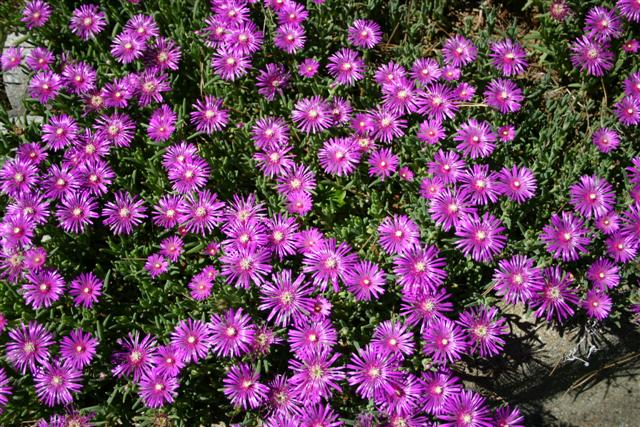 |
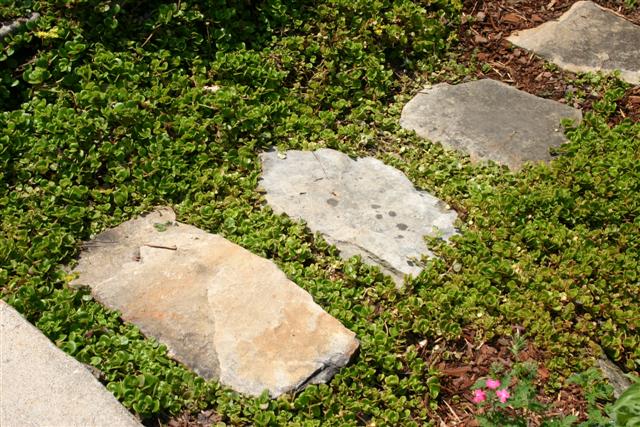 |
| Iceplant | Creeping Sedum |
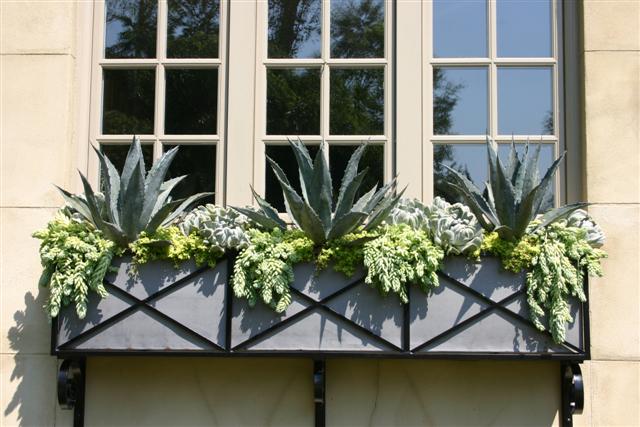 |
 |
| Blue Agave | Autumn Joy Sedum |
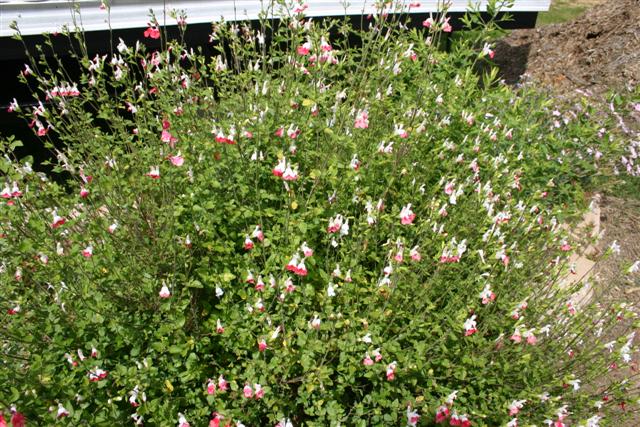 |
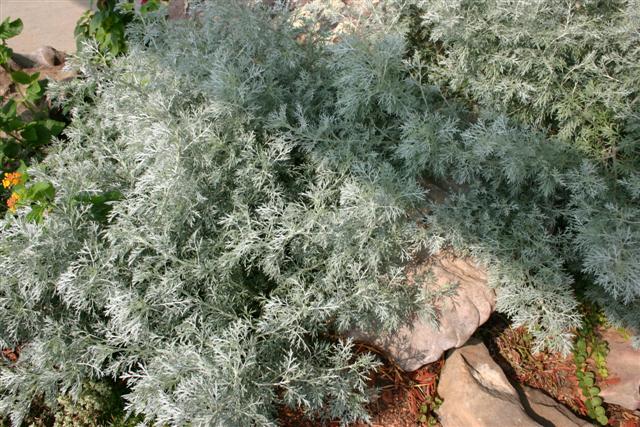 |
| Hot Lips Salvia | Silver Mound Artemisia |
 |
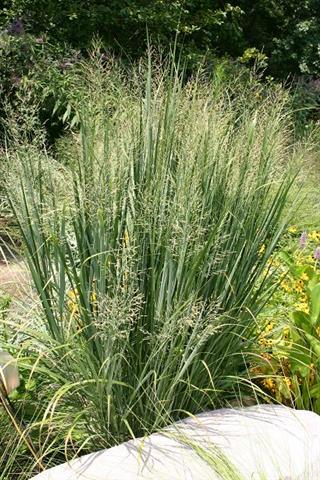 |
| Muhly Grass | Panic Grass |
 |
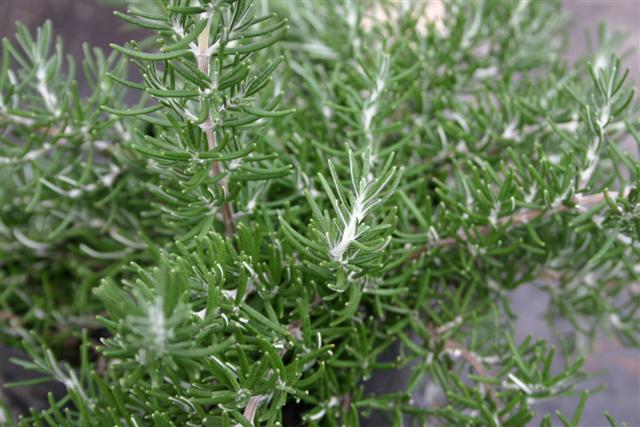 |
| Lavender | Rosemary |